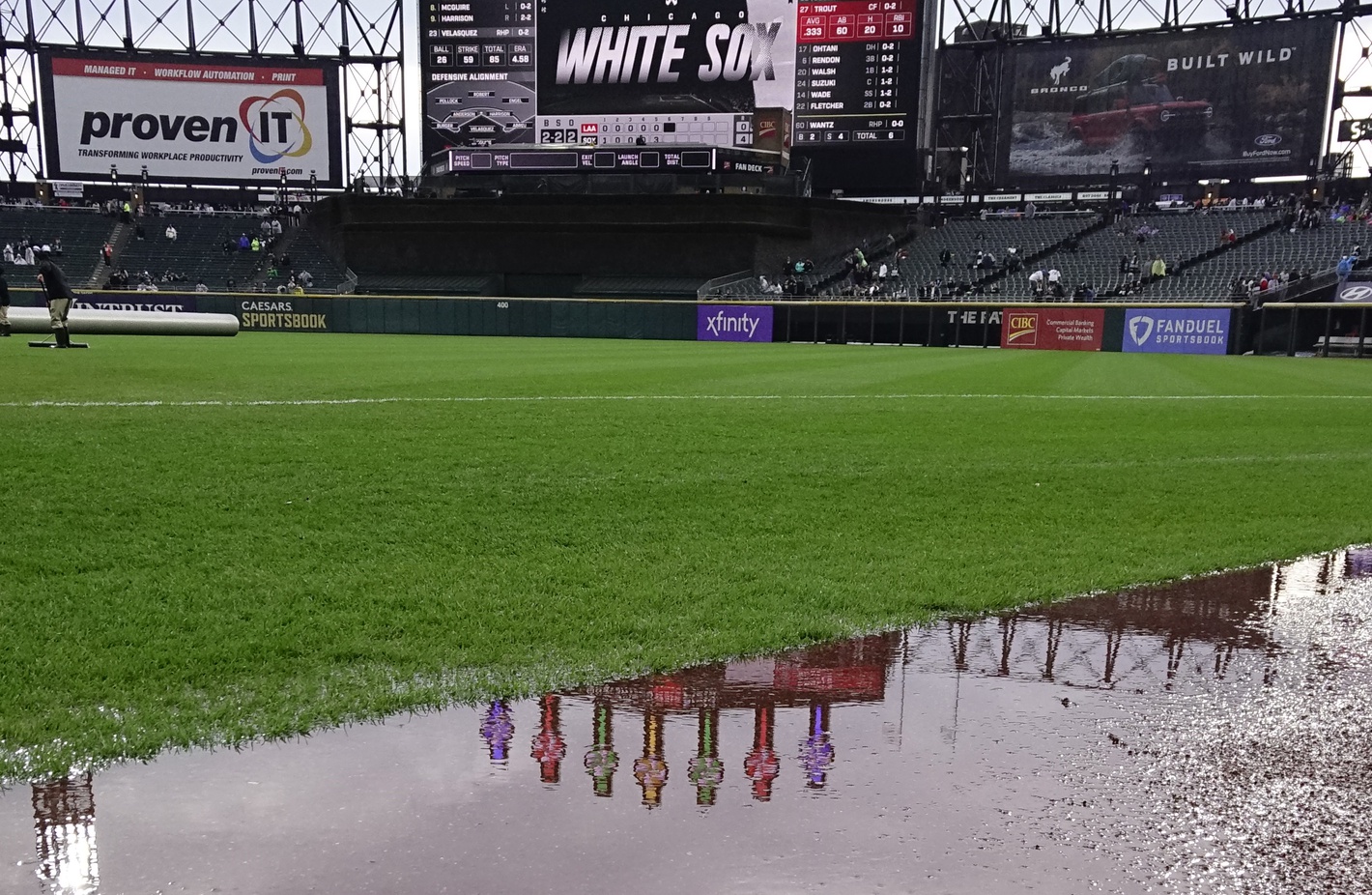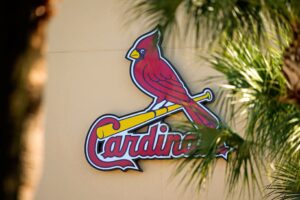Our journey through MLB’s worst seasons can be bent to the will of time and space itself…for the most part, at least. This edition is the exception to the rule. Yes, once again, we journey back to the Great Depression era and the year 1932. The only difference is that the sock color has changed. Yes, it’s time to talk about the bottom of the barrel when it comes to the Chicago White Sox. Now, this is a franchise that, historically speaking, is fairly even-keeled. They’ve won over 9,500 games while losing just short of 9,500. They’re almost perfectly mundane. But we’re here to talk about what happens when mundanity turns into depravity. This is the story of yet another of MLB’s worst seasons, the 1932 White Sox.
MLB’s Worst Seasons: 1932 Chicago White Sox
An Offense That Didn’t Strike Out
The 1930s continued the trend of baseball pulling itself out of the Dead Ball Era. Though homers weren’t quite at a premium, offenses were playing with a more positive efficiency. The 1932 White Sox (49-102) may not have had that type of prowess, but they showed flashes of brilliance. Their main weapon was simply putting the bat on the ball. They struck out the fewest times in the league (384). Third baseman Carey Selph only whiffed nine times in 396 at-bats all season. They also relied heavily on speed, stealing 89 bases collectively. That was good for second in the league.
The Benched Leaders
The 1932 White Sox boasted a future Cooperstown honoree among their ranks. Shortstop Luke Appling hit .274 in 139 games. However, he was not the team’s offensive leader. Outfielder Bob Fothergill put up a .295 mark and a 107 OPS+ in 116 games. He, too, was not the offensive leader. No, it was an above-average bench that helped lead the offense. Utility man Red Kress played in 135 contests while hitting .285 and leading the team with nine homers. Backup catcher Charlie Berry hit .305 while first baseman Billy Sullivan hit .316. They may not have had major roles, but this solidified bench helped the White Sox stay out of the cellar in the AL that season.
A Somewhat Redeeming Rotation
Much like the offense, the pitching had some hidden gems, beginning with the rotation. Yes, they were deep within one of MLB’s worst seasons. However, they did boast two double-digit winners. The first was staff ace and Hall of Famer Ted Lyons (10-13, 3.28 ERA, 131 ERA+). He was joined by “Sad” Sam Jones, a journeyman entering the twilight of his career. Despite this, Jones posted a 4.22 ERA and an ERA+ of 102. If his FIP mark of 3.91 is to be believed, Jones was probably a little better than what those numbers would suggest. Unfortunately, fellow starters Milt Gaston and Vic Frazier combined for ten wins.
#OTD in 1932 in Cleveland, White Sox players after getting swept by Indians in a twin bill take their frustration out on plate ump George Moriarty who in return challenges the players to fight and then knocks out pitcher Milt Gaston before getting himself pummeled by White Sox pic.twitter.com/X1s1QRIcnm
— Old-Time Baseball Photos (@OTBaseballPhoto) May 30, 2019
A Lackluster Bullpen
Every team in this series has their Achilles heel. The 1932 White Sox’s came in the form of their bullpen. Though Hall of Fame closer Red Faber had a respectable year, everything else was middling or outright horrible. Setup man Paul Gregory had a 4.51 ERA. Other regular relievers Pat Caraway, Pete Daglia, and Phil Gallivan posted ERAs between five-and-a-half and eight. An interesting fact about this team is that, on average, they pitched in the situations with the least pressure that season. So, one might expect them to do better than they did. Unfortunately, they did not. Now, in all fairness, this was not the absolute worst bullpen in baseball history. Nonetheless, it was definitely a stepping stone to the 1932 White Sox winding up as one of MLB’s worst seasons.
Photo Credit: © David Banks-USA TODAY Sports






